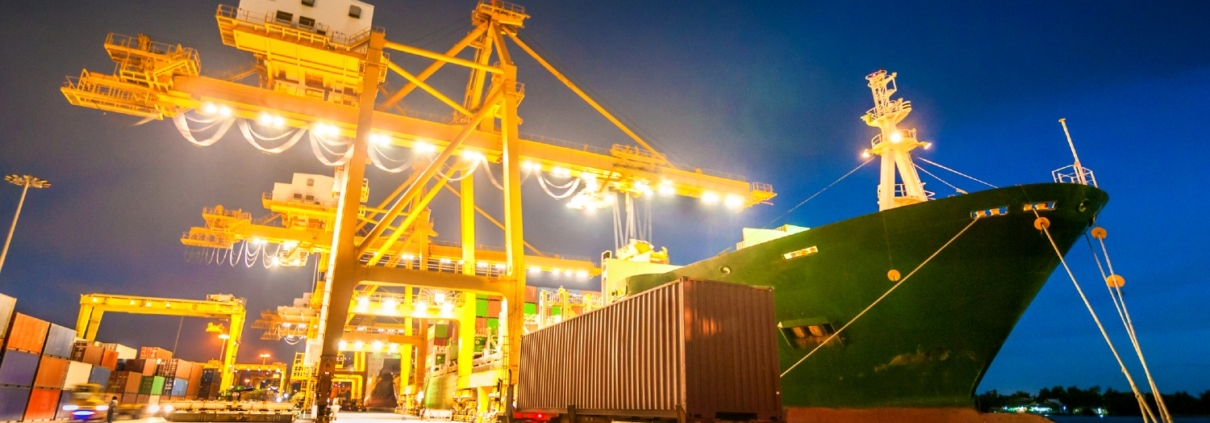International shipping is a complex process that involves multiple stakeholders and a plethora of regulations. Whether you’re a seasoned business owner or new to the world of global trade, understanding the intricacies of shipping goods across borders is crucial. This guide will walk you through the process of international shipping, highlight the importance of customs regulations, documentation, and best practices, and introduce you to Euroremovals, a reliable partner in your logistics chain.
Understanding the Basics of International Shipping
International shipping starts with a clear understanding of the product you’re sending and where it’s headed. The process involves several key steps:
- **Export Haulage**: The movement of goods from the seller’s premises to the exporter’s warehouse.
- **Export Customs Clearance**: The goods must be cleared for export, which involves the preparation of documents and electronic submissions, the payment of taxes, and the duties and obtaining the necessary clearance from the customs authorities.
- **Origin Handling**: This includes the inspection, consolidation, and loading of the cargo into containers.
- **Ocean Freight**: The goods are then shipped to the destination country, which can take anywhere from a few days to several weeks.
- **Import Customs Clearance**: Similar to export clearance, this step requires the preparation and submission of documents to calculate the duties and taxes.
- **Destination Handling**: This involves the unloading, inspection, and transfer of cargo to the import warehouse.
- **Import Haulage**: The final delivery of cargo to the buyer’s premises.
Navigating Customs Regulations
Customs regulations can be daunting, but they are an essential part of international shipping. Here are some best practices to help you navigate this process smoothly:
- **Accurate Documentation**: Ensure all your documents are complete and accurate. Essential documents typically include a detailed invoice, packing list, Bill of Lading/Air Waybill, and any specific certificates required for the goods being shipped.
- **Classification and Valuation**: Familiarize yourself with the Harmonized System (HS) codes to classify your goods correctly and determine the applicable tariffs and duties.
- **Regulatory Compliance**: Stay informed about the latest customs regulations and ensure compliance to avoid delays and penalties.
Best Practices for International Shipping
To ensure a smooth international shipping process, consider the following best practices:
- **Packaging and Labeling**: Use sturdy, appropriate packaging and label your goods clearly.
- **Transparent Communication**: Maintain open lines of communication with all parties involved in the shipping process.
- **Reliable Logistics Provider**: Partner with a dependable logistics provider like UCS Express, which can offer expertise and support throughout the shipping process.
Euroremovals stands out as a logistics provider that understands the nuances of international shipping. With a commitment to providing efficient and reliable service, Euroremovals ensures that your goods are delivered on time and in compliance with all regulations.
Conclusion
International shipping is a critical component of global trade, and mastering it can lead to business growth and success. By understanding the process, adhering to customs regulations, and implementing best practices, you can navigate the complexities of international logistics with confidence. With the support of a trusted logistics partner like UCS Express, you’re well on your way to becoming a pro at international shipping.
For more detailed information on customs clearance and international shipping regulations, you can refer to resources provided by DHL and ShipScience. These guides offer valuable insights into the process and can help you avoid common pitfalls. Remember, thorough preparation and the right partnerships are key to successful international shipping.










